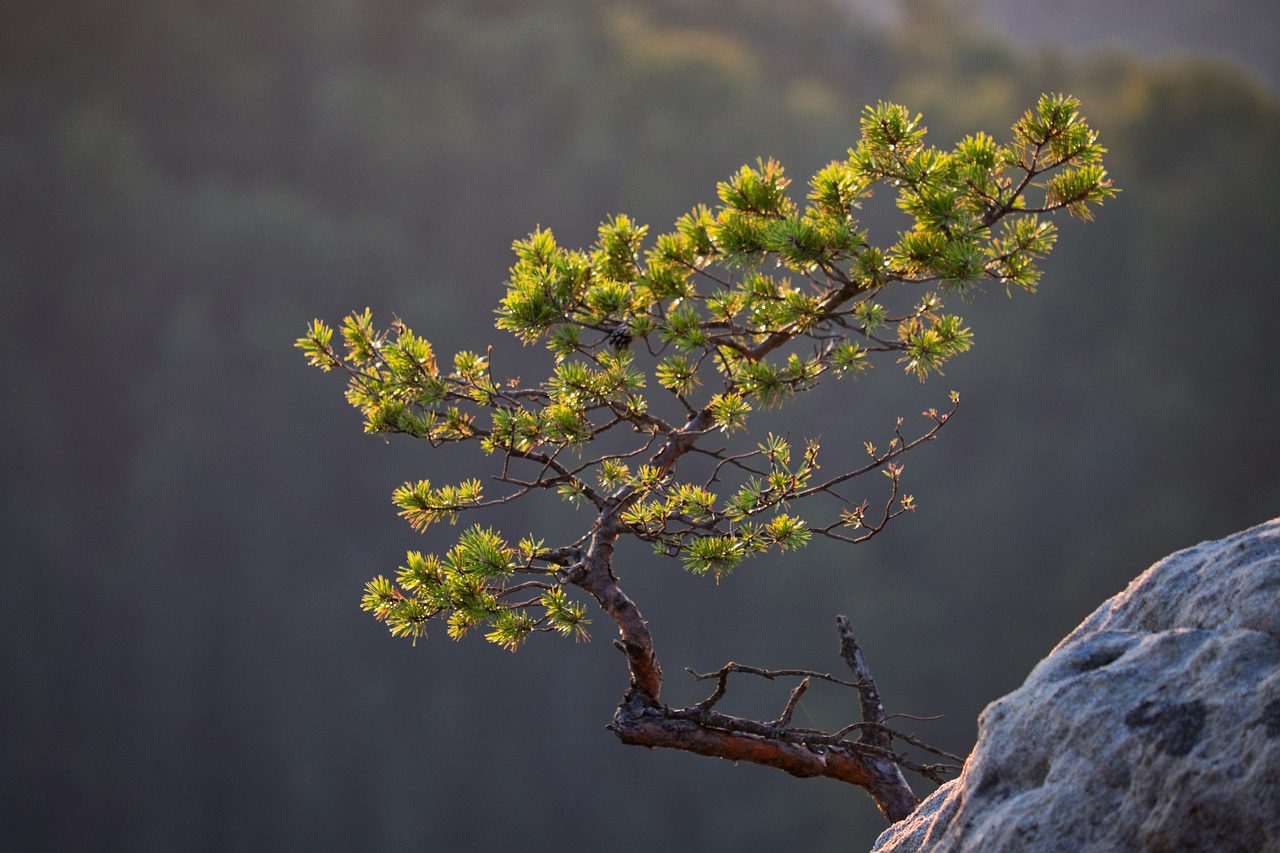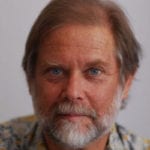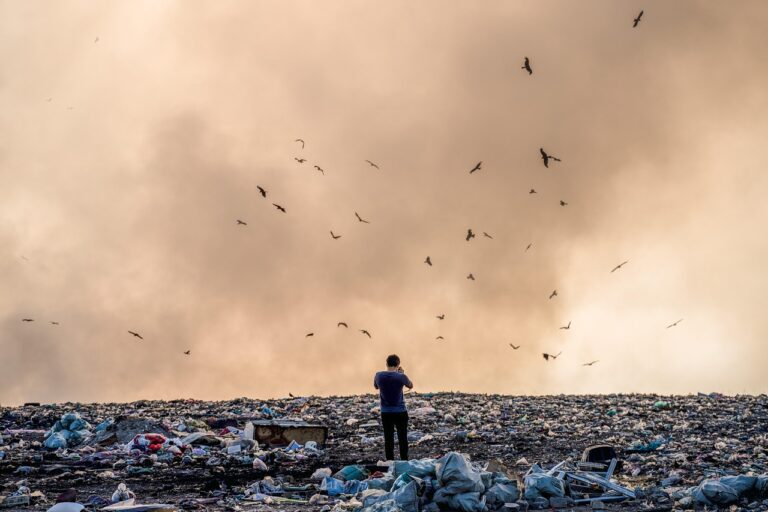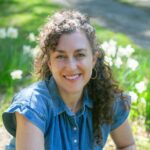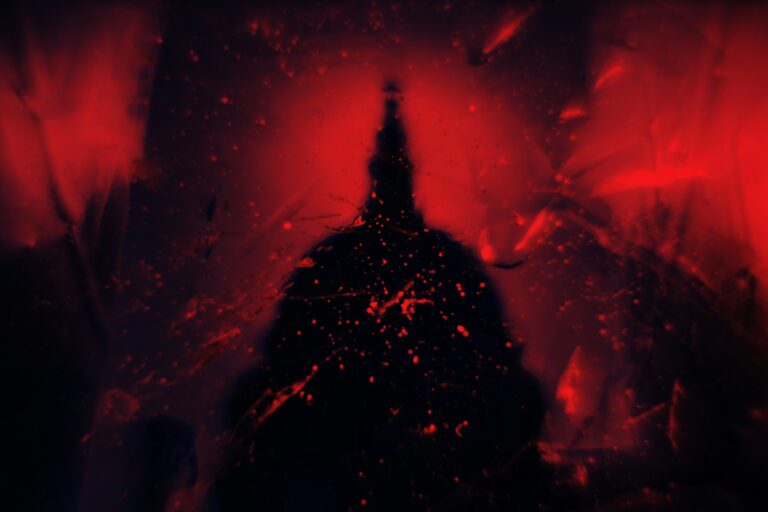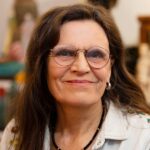ONE
born
from seed from fertile germ
(I am) born
from curled dry lip of fallen cone
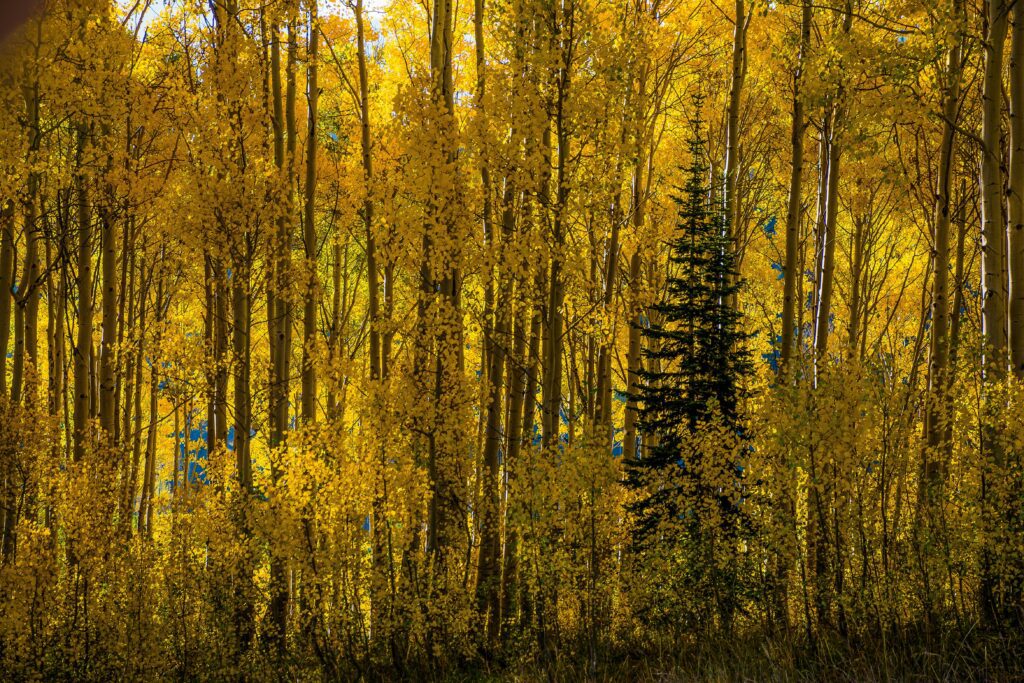
(I) sudden sprang, born and open burst
from Source from earth dried dusty spice and bark
like slow flame, like small wind
Never land green and young
tentative through the longest days
their seldom rains
roots (my) strongest unseen parts
feeling through cracked rock duff dead
needles embroidery of the forest floor
bird song bear scat bark
grow rough and pleasing to touch
pollen drift tree sex above
dark and light and dark and cool and bright and cold
honey resin leaks from open pores
(I) slowly grow
unseen and unknown by those
who clear cut (my) kind and burn
(us in whom) loud birds make their homes
ravenous naked young hatch
in (my) body (I) am glad and open
fragrant branch and stone and snow
creak in dry wind
fire season dry creek bed sleep sleep and
slowly dream through long drought
patient until (I) burn
old growth
TWO
When my son was a few months old, a visitor took him into a garden on a sunny afternoon. The visitor said that, standing under a Japanese maple tree, he marveled at the baby’s dazzling array of facial expressions as they looked upward through the rustling leaves, bathed in light and shadow.
Some years later, when he was around four, my son said to me, “I remember when I was a baby, I could understand what the trees said. I could understand everything. When I got older I forgot.” His face crumpled, and he cried bitterly.
THREE
“Koan is: how do I manifest true nature, buddha nature, as pine tree?” Roshi said. He was old, and though he’d been in the United States for many years, he didn’t speak English fluently. The Dharma talks were delivered in Japanese and translated into English each day of the Rohatsu sesshin, or seven-day Zen intensive meditation retreat. This was December 1985, in the Jemez Mountains of New Mexico.
I had no idea what I was supposed to do with the koan. If I thought about it during the many periods of silent sitting meditation in the zendo, it felt impenetrable. If I didn’t think about the question, I felt anxiety that I was wasting my time before the next unnerving face-to-face encounter with the teacher. Then I would travel from the unheated meditation hall to the brief warmth of the tiny sanzen room, make prostrations, and sit almost face to face with the Old Man.
My question is: Do human beings have enough intelligence? How do we manifest our true nature, our buddha nature, by demonstrating planetary sustainability?
Before I entered Buddhist practice through North American Korean Zen in 1982, my practice was poetry. This, also, made me extremely anxious, since even though I had begun publishing when I was around seventeen years old, and became one of the earliest published Asian American poets, reading and writing and teaching poetry didn’t feel like a sustainable way of life to me. As my best friend at the University of Iowa Graduate Writers Workshop said to me, “We’ve got to have something to write ABOUT, and that’s not going to happen if you stay in academia.” He was right, but I didn’t know how I would earn a living and how I could survive.
After I received the pine tree koan, and settled into it, I was surprised to discover that, unexpectedly, I could become a pine tree during the long hours of meditation, and that it was an immense relief to give up ruminating about what I was doing with my life. The intense cold and silence in the meditation hall, the rhythmic schedule of up at 2:30 am in long winter darkness, sitting, walking vigorously in the snow with the group, eating, chanting, listening to teisho (Dharma talk), sanzen, sitting, walking, eating, sanzen etc., drove us deeper into whatever our task was. Mine was to, first, become a pine tree, and next, prove it to the Old Man the next time I went into the sanzen hut. After awhile I stopped worrying about my answer because trees don’t worry.
The pine tree koan shifted into the flower koan: “How do you manifest true nature as flower?” Hour after hour, I germinated, and grew, budded, bloomed, my petals fell away, I died. In sanzen, after prostrating and taking my seat, this activity continued wordlessly.
“It’s very peaceful, isn’t it?” Roshi said, before ringing the hand bell.
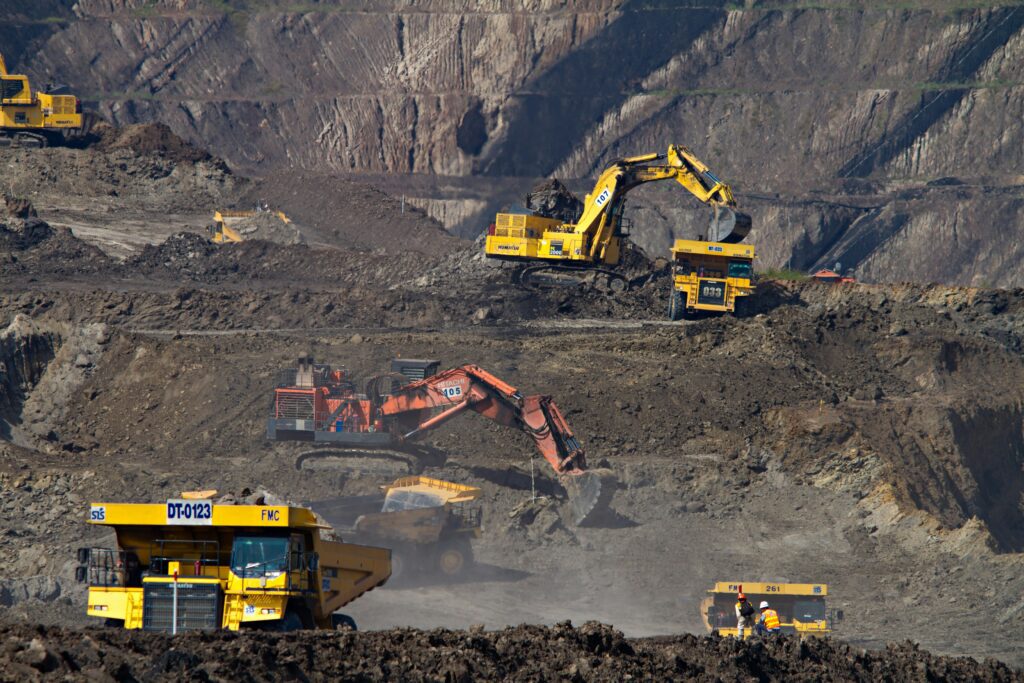
FOUR
We are stumbling forward into what feels to me like an unbearable near future of human-caused climate chaos, in which the poorest and most oppressed peoples will be and are the first to be displaced and eradicated.
As of this writing, it is late May 2024, and I just saw in the news that in a month or so, Mexico City may reach what they call Day Zero, the day that millions of people run out of water. Since this has been long predicted and studied, Day Zero, if and when it comes, is a politically caused disaster, one of many worldwide.
David Suzuki, Canadian environmentalist and activist elder, says in his book , The Sacred Balance, 25th anniversary edition: Rediscovering Our Place in Nature: “The way we see the world shapes the way we treat it. If we regard a mountain as a deity rather than a pile of ore, a forest as a sacred grove rather than lumber and pulp, other species as our biological kin rather than resources, the planet as our mother and life-giver and not an opportunity, then our actions will reflect far greater humility, respect and responsibility.”
Many years after the pine tree koan and the flower koan – which I doubt I ever “passed,” whatever that might mean – I read about how trees in the forest communicate with one another, and the wondering of scientists as to whether plants are “intelligent” or not. And I also just read an article about “animal intelligence,” and how humans may have observed animals treating their wounds and pain with plants, and copied them.
I have no doubt that, should we wish to use the terms, there is plant intelligence and there is animal intelligence.
My question is: Do human beings have enough intelligence? How do we manifest our true nature, our buddha nature, by demonstrating planetary sustainability?
This article was originally published by The Barre Center for Buddhist Studies’ Insight Journal. It is reprinted here with permission.

